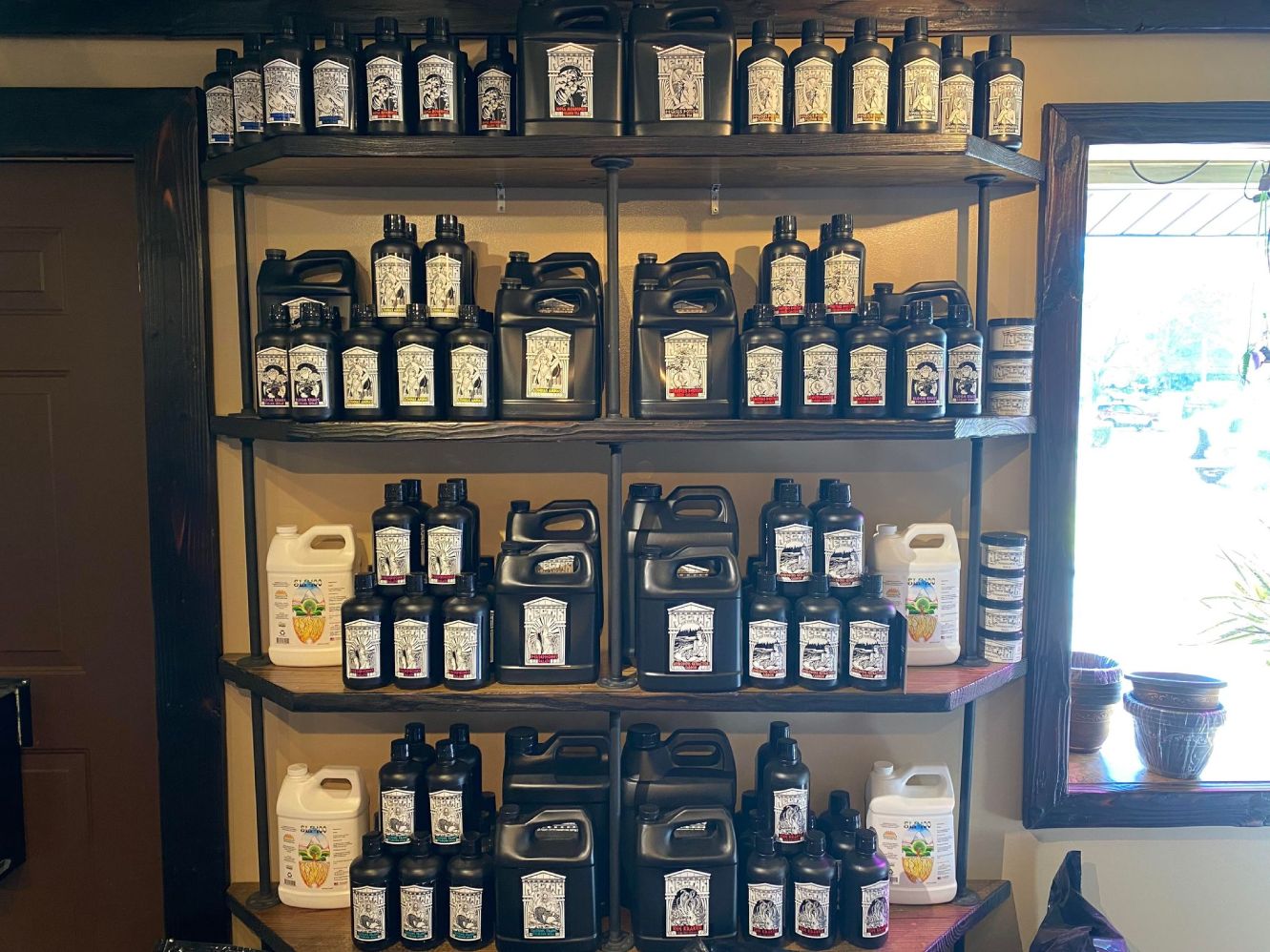The Indoor Earthworm: The Unsung Hero of Indoor Composting
Wiki Article
The Ultimate Guide to Hydroponic Systems and Techniques
In the world of modern-day agriculture, hydroponic systems have emerged as a cutting-edge approach for cultivating plants without dirt. As we discover the ins and outs of hydroponics in this extensive overview, we will certainly navigate via the numerous types of systems, check out the necessary nutrients crucial for plant development, and dig right into advanced techniques that can significantly improve returns.Benefits of Hydroponic Equipments
Hydroponic systems offer a wide range of advantages, including effective source application and precise nutrient delivery to plants. By providing a controlled atmosphere for plant development, hydroponic systems make it possible for optimum water and nutrient use, leading to higher yields compared to traditional soil-based cultivation. This efficiency not only preserves sources yet additionally lowers waste, making hydroponic systems eco-friendly.Moreover, the precise delivery of nutrients in hydroponic systems enables customization based on the details demands of each plant range. This targeted strategy makes certain that plants obtain the ideal balance of vital nutrients, promoting much healthier development and decreasing the threat of nutrient shortages or discrepancies. Additionally, the ability to keep an eye on and readjust nutrient levels in real-time maximizes plant performance and general crop high quality.
In addition, hydroponic systems get rid of the need for pesticides and herbicides, as the closed-loop system decreases the risk of parasites and diseases that are frequently discovered in soil-based farming - The Indoor Earthworm. This not just benefits the plants and the setting yet also adds to creating cleaner, much healthier crops for consumption
Kinds Of Hydroponic Setups

Nutrient Movie Method (NFT) utilizes a shallow stream of nutrient remedy flowing over the plant origins, giving a continuous supply of nutrients. Drip systems entail trickling a nutrient service onto the plant roots, supplying exact control over feeding.
Each kind of hydroponic setup has its benefits and is fit to various plant varieties and development stages. Recognizing the unique features of these systems can aid hydroponic cultivators select the most ideal configuration for their specific requirements and preferences.
Important Nutrients for Hydroponics
In hydroponic systems, plants depend on an exact balance of essential nutrients to thrive and expand efficiently. These crucial nutrients are critical useful site for different plant functions such as photosynthesis, root growth, and overall development. The primary macronutrients needed by plants in hydroponic systems are phosphorus, potassium, and nitrogen. Nitrogen is necessary for leafed eco-friendly development, phosphorus help in root advancement and flower/fruit manufacturing, while potassium helps in overall plant wellness and disease resistance.Along with macronutrients, plants likewise require second nutrients like calcium, sulfur, and magnesium, along with trace elements such as iron, copper, zinc, and manganese (The Indoor Earthworm). These nutrients are vital for making sure that plants have all the essential structure obstructs to execute crucial organic procedures

Advanced Methods for Optimum Yield
To achieve optimum returns in hydroponic systems, growers can execute sophisticated strategies that boost plant growth and efficiency. One such strategy is using additional illumination. By supplying fabricated source of lights such as LED or high-pressure sodium lights, growers can prolong the variety of light hours plants get daily, advertising faster development and raised returns. Another advanced technique is the application of CO2 supplementation. Enhancing the levels of carbon dioxide in the growing atmosphere can promote photosynthesis and boost plant growth substantially. Furthermore, utilizing strategies like plant training and pruning can help optimize light distribution and airflow, guaranteeing that all parts of the plant receive sufficient light and nutrients. Making use of automated systems for nutrient distribution and monitoring can help maintain optimum nutrient degrees, decreasing the risk of shortages or inequalities that can hinder plant growth. By incorporating these sophisticated techniques right into their hydroponic systems, farmers can make best use of yields and accomplish bountiful harvests.
Troubleshooting Common Hydroponic Issues
One widespread issue is nutrition deficiencies, where plants lack essential components for healthy and balanced growth. Preserving the appropriate pH array specific to the plant being expanded is vital for optimum nutrient uptake. By immediately recognizing and resolving these typical hydroponic issues, growers can keep healthy and balanced plants and make best use of yields click here for more info in their hydroponic systems.Final Thought
In final thought, hydroponic systems offer countless browse around this web-site benefits for expanding plants efficiently. With cautious preparation and attention to detail, hydroponic systems can reinvent the method plants are grown, leading to even more sustainable and effective farming techniques.
By providing a regulated setting for plant growth, hydroponic systems allow optimum water and nutrient use, leading to higher yields compared to typical soil-based cultivation. The Indoor Earthworm. Nutrient Film Strategy (NFT) makes use of a shallow stream of nutrient service streaming over the plant roots, giving a constant supply of nutrients. Monitoring and changing nutrient degrees based on plant development phases is important to stopping nutrient deficiencies or toxicities and taking full advantage of plant performance in hydroponic systems
In addition, using techniques like plant training and pruning can aid optimize light distribution and airflow, guaranteeing that all components of the plant get appropriate light and nutrients. Making use of automated systems for nutrient distribution and monitoring can help maintain optimal nutrient levels, decreasing the risk of deficiencies or imbalances that can hinder plant growth.
Report this wiki page